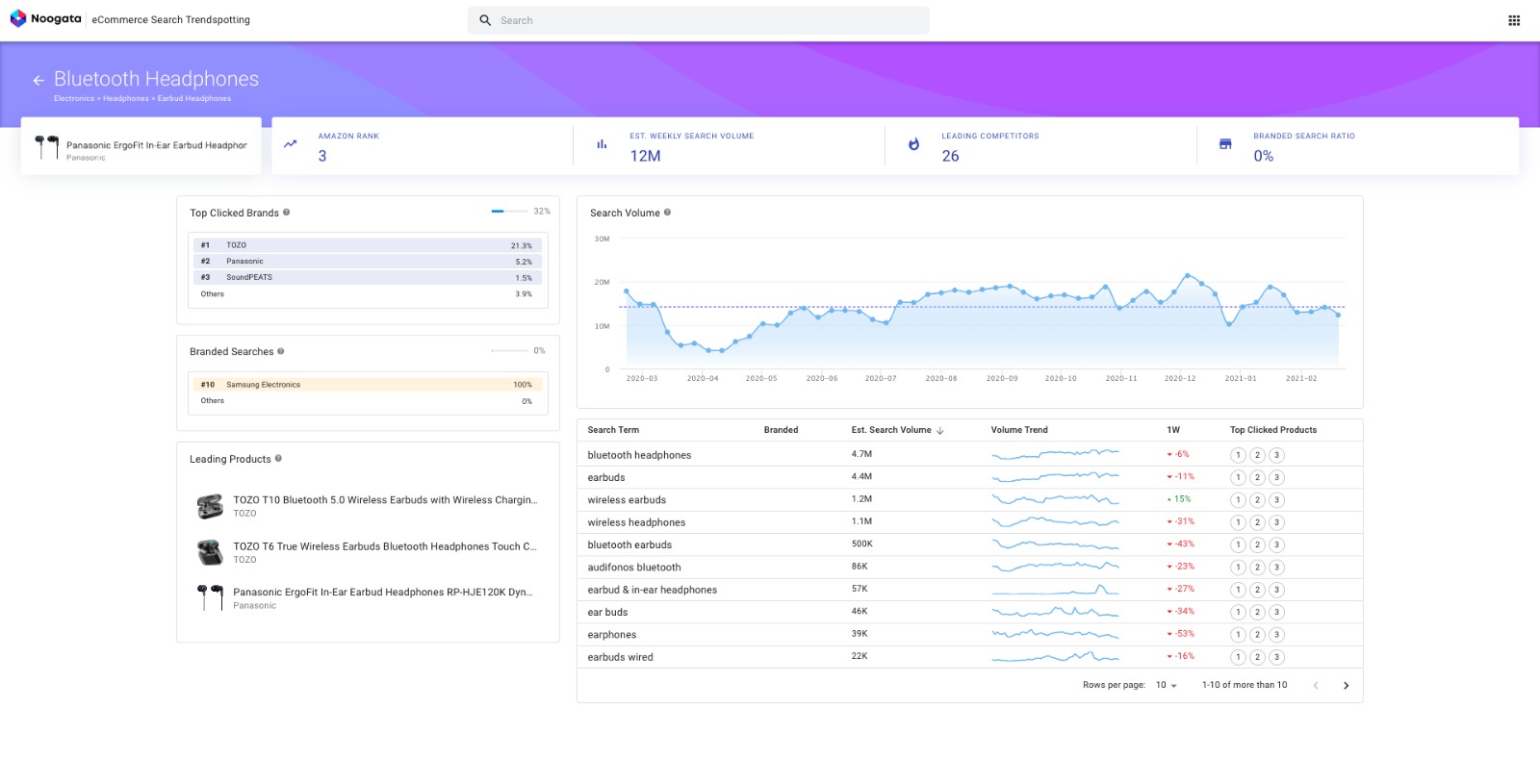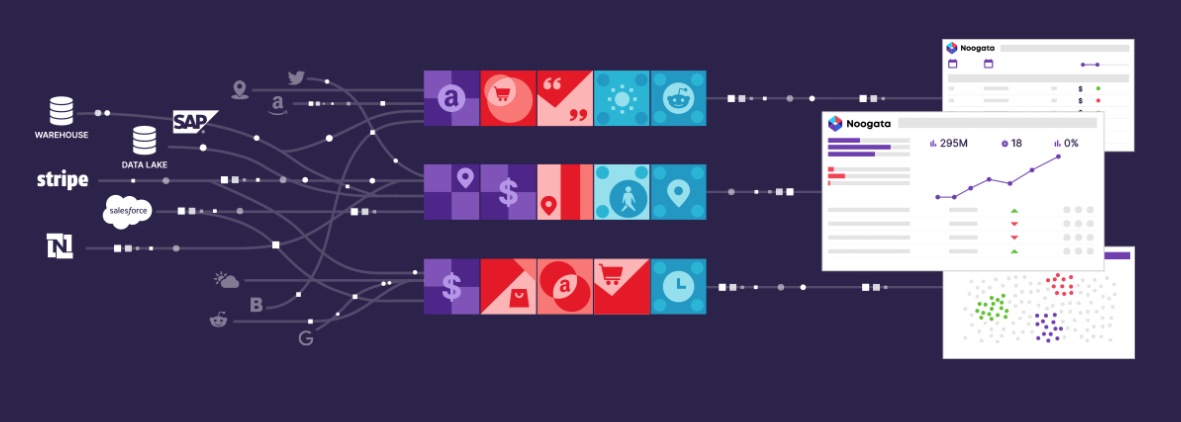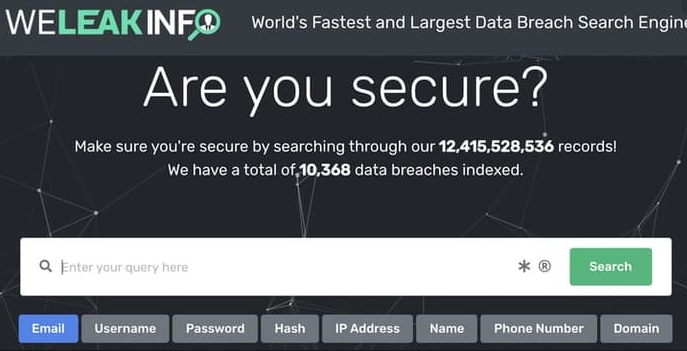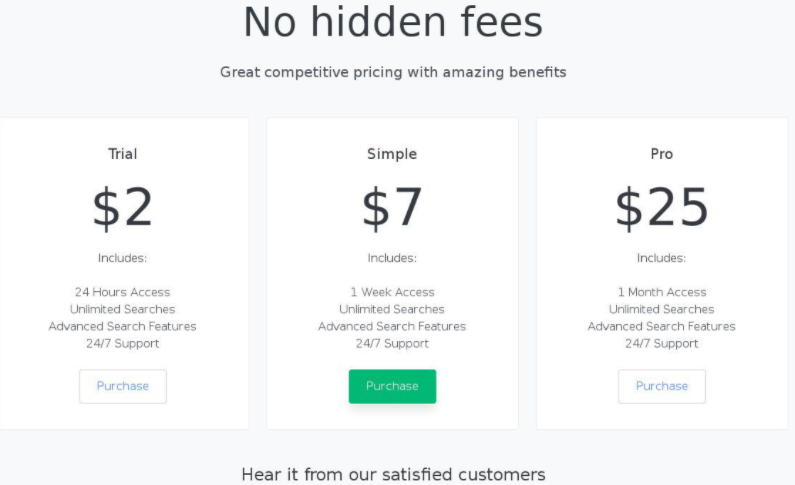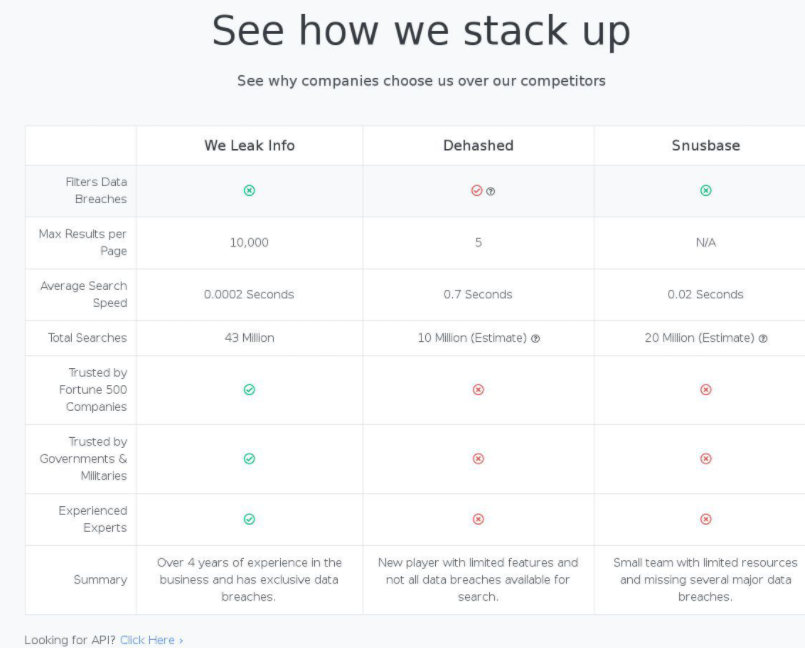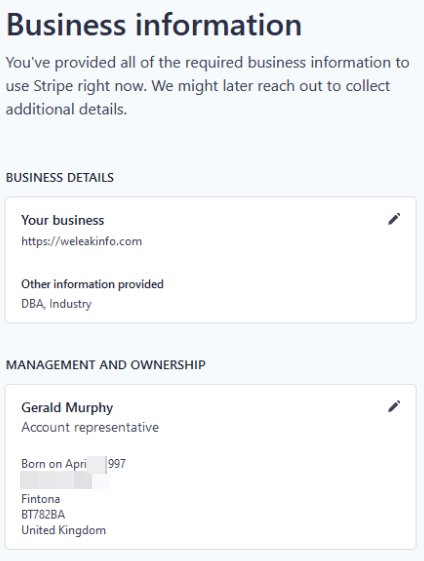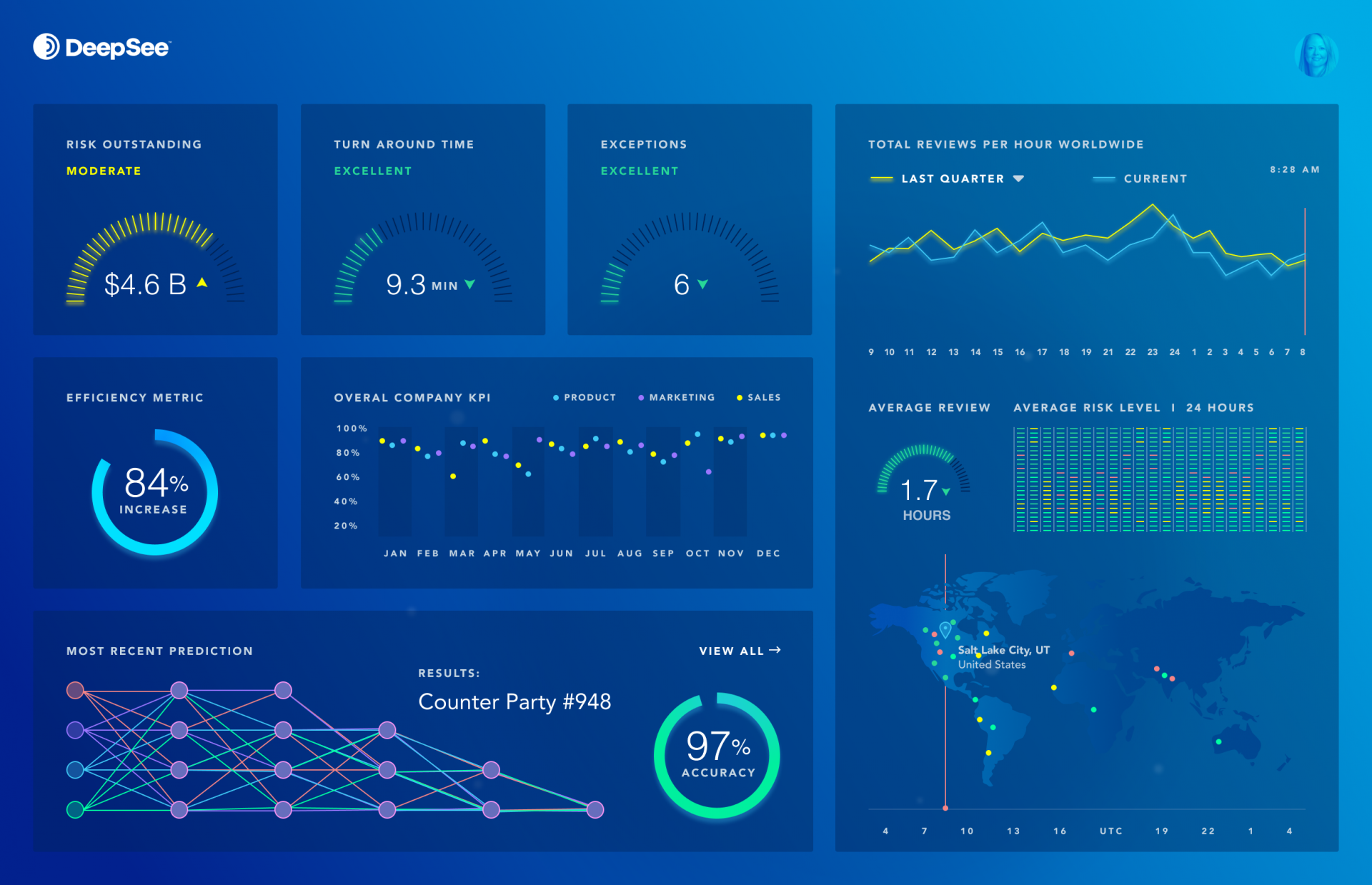SMS text messages were already the weakest link securing just about anything online, mainly because there are tens of thousands of employees at mobile stores who can be tricked or bribed into swapping control over a mobile phone number to someone else. Now we’re learning about an entire ecosystem of companies that anyone could use to silently intercept text messages intended for other mobile users.

Security researcher “Lucky225” worked with Vice.com’s Joseph Cox to intercept Cox’s incoming text messages with his permission. Lucky225 showed how anyone could do the same after creating an account at a service called Sakari, a company that helps celebrities and businesses do SMS marketing and mass messaging.
The “how they did it” was sickeningly simple. It cost just $16, and there was precious little to prevent someone from stealing your text messages without your knowledge. Cox writes:
Sakari offers a free trial to anyone wishing to see what the company’s dashboard looks like. The cheapest plan, which allows customers to add a phone number they want to send and receive texts as, is where the $16 goes. Lucky225 provided Motherboard with screenshots of Sakari’s interface, which show a red “+” symbol where users can add a number.
While adding a number, Sakari provides the Letter of Authorization for the user to sign. Sakari’s LOA says that the user should not conduct any unlawful, harassing, or inappropriate behavior with the text messaging service and phone number.
But as Lucky225 showed, a user can just sign up with someone else’s number and receive their text messages instead.
Lucky told KrebsOnSecurity that Sakari has since taken steps to block its service for being used with mobile telephone numbers. But he said Sakari is just one part of a much larger, unregulated industry that can be used to hijack SMS messages for many phone numbers.
“It’s not a Sakari thing,” Lucky225 replied when first approached for more details. “It’s an industry-wide thing. There are many of these ‘SMS enablement’ providers.”
The most common way thieves hijack SMS messages these days involves “sim swapping,” a crime that involves bribing or tricking employees at wireless phone companies into modifying customer account information.
In a SIM swap, the attackers redirect the target’s phone number to a device they control, and then can intercept the target’s incoming SMS messages and phone calls. From there, the attacker can reset the password of any account which uses that phone number for password reset links.
But the attacks Lucky225 has been demonstrating merely require customers of any number of firms to sign a sworn “letter of authorization” or LOA stating that they indeed do have the authority to act on behalf of the owner of the targeted number.
Allison Nixon is chief research officer at Unit221B, a New York City-based cyber investigations firm. An expert on SIM-swapping attacks who’s been quoted quite a bit on this blog, Nixon said she also had Lucky225 test his interception tricks on her mobile phone, only to watch her incoming SMS messages show up on his burner phone.
“This basically means the only thing standing between anyone and the equivalent of a SIM swap is a forged LOA,” Nixon said. “And the ‘fix’ put in seems to be temporary in nature.”

The interception method that Lucky225 described is still dangerously exposed by a number of systemic weaknesses in the global SMS network, he said.
Most large and legacy telecommunications providers validate transfer requests related to their customers by consulting NPAC, or the Number Portability Administration Center. When customers want to move their phone numbers — mobile or otherwise — that request is routed through NPAC to the customer’s carrier.
That change request carries what’s known as an ALT-SPID, which is a four-digit number that enables NPAC to identify the telecommunications company currently providing service to the customer. More importantly, as part of this process no changes can happen unless the customer’s carrier has verified the changes with the existing customer.
But Lucky225 said the class of SMS interception he’s been testing targets a series of authentication weaknesses tied to a system developed by NetNumber, a private company in Lowell, Mass. NetNumber developed its own proprietary system for mapping telecommunications providers that is used by Sakari and an entire industry of similar firms.
NetNumber developed its six-digit ALT SPIDs (NetNumber IDs) to better organize and track communications service providers that were all using other numbering systems (and differing numbers of digits). But NetNumber also works directly with dozens of voice-over-IP or Internet-based phone companies which do not play by the same regulatory rules that apply to legacy telecommunications providers.
“There are many VoIP providers that offer ‘off net’ ‘text enablement’,” Lucky225 explained. “Companies such as ZipWhip that promise to let you ‘Text enable your existing business phone number’ so that customers can text your main business line whether it be VoIP, toll-free or a landline number.”
As Lucky225 wrote in his comprehensive Medium article, there are a plethora of wholesale VoIP providers that let you become a reseller with little to no verification, many of them allow blanket Letters of Authorization (LOAs), where you as the reseller promise that you have an LOA on file for any number you want to text enable for your resellers or end-users.
“In essence, once you have a reseller account with these VoIP wholesalers you can change the Net Number ID of any phone number to your wholesale provider’s NNID and begin receiving SMS text messages with virtually no authentication whatsoever. No SIM Swap, SS7 attacks, or port outs needed — just type the target’s phone number in a text box and hit submit and within minutes you can start receiving SMS text messages for them. They won’t even be alerted that anything has happened as their voice & data services will continue to work as usual. Surprisingly, despite the fact that I publicly disclosed this in 2018, nothing has been done to stop this relatively unsophisticated attack.”
NetNumber declined to comment on the record, but instead referred to a statement from the CTIA, a trade association representing the wireless industry, which reads:
“After being made aware of this potential threat, we worked immediately to investigate it, and took precautionary measures. Since that time, no carrier has been able to replicate it. We have no indication of any malicious activity involving the potential threat or that any customers were impacted. Consumer privacy and safety is our top priority, and we will continue to investigate this matter.”
Lucky225 told KrebsOnSecurity many of the major mobile companies have moved to ensure none of their customers can be affected by changes requested through NetNumber or its partners. But he suspects some of the smaller wired and wireless telecommunications firms may still be vulnerable.
“I’m pretty sure it’s only the big carriers that they’re protecting now,” he said. “But there’s just so much we don’t know about what they patched because everyone is being so tight lipped about this right now.”
Nixon said it’s time for federal regulators to step up and protect consumers.
“Its clear this is a lot of foundational infrastructure mucky muck and some fundamental changes are going to need to happen here,” she said. “Regulators really need to get involved.”
WHAT CAN YOU DO?
Given the potentially broad impact of fraudsters abusing this and other weaknesses in the vast mobile ecosystem to completely subvert the security of SMS based communications and multi-factor authentication, it’s probably a good idea to rethink your relationship to your phone number. It’s now plainer than ever how foolish it is to trust SMS for anything.
My advice has long been to remove phone numbers from your online accounts wherever you can, and avoid selecting SMS or phone calls for second factor or one-time codes. Phone numbers were never designed to be identity documents, but that’s effectively what they’ve become. It’s time we stopped letting everyone treat them that way.
Any online accounts that you value should be secured with a unique and strong password, as well the most robust form of multi-factor authentication available. Usually, this is a mobile app like Authy or Google Authenticator that generates a one-time code. Some sites like Twitter and Facebook now support even more robust options — such as physical security keys.
Removing your phone number may be even more important for any email accounts you may have. Sign up with any service online, and it will almost certainly require you to supply an email address. In nearly all cases, the person who is in control of that address can reset the password of any associated services or accounts– merely by requesting a password reset email.
Unfortunately, many email providers still let users reset their account passwords by having a link sent via text to the phone number on file for the account. So remove the phone number as a backup for your email account, and ensure a more robust second factor is selected for all available account recovery options.
Here’s the thing: Most online services require users to supply a mobile phone number when setting up the account, but do not require the number to remain associated with the account after it is established. I advise readers to remove their phone numbers from accounts wherever possible, and to take advantage of a mobile app to generate any one-time codes for multifactor authentication.

![]()








